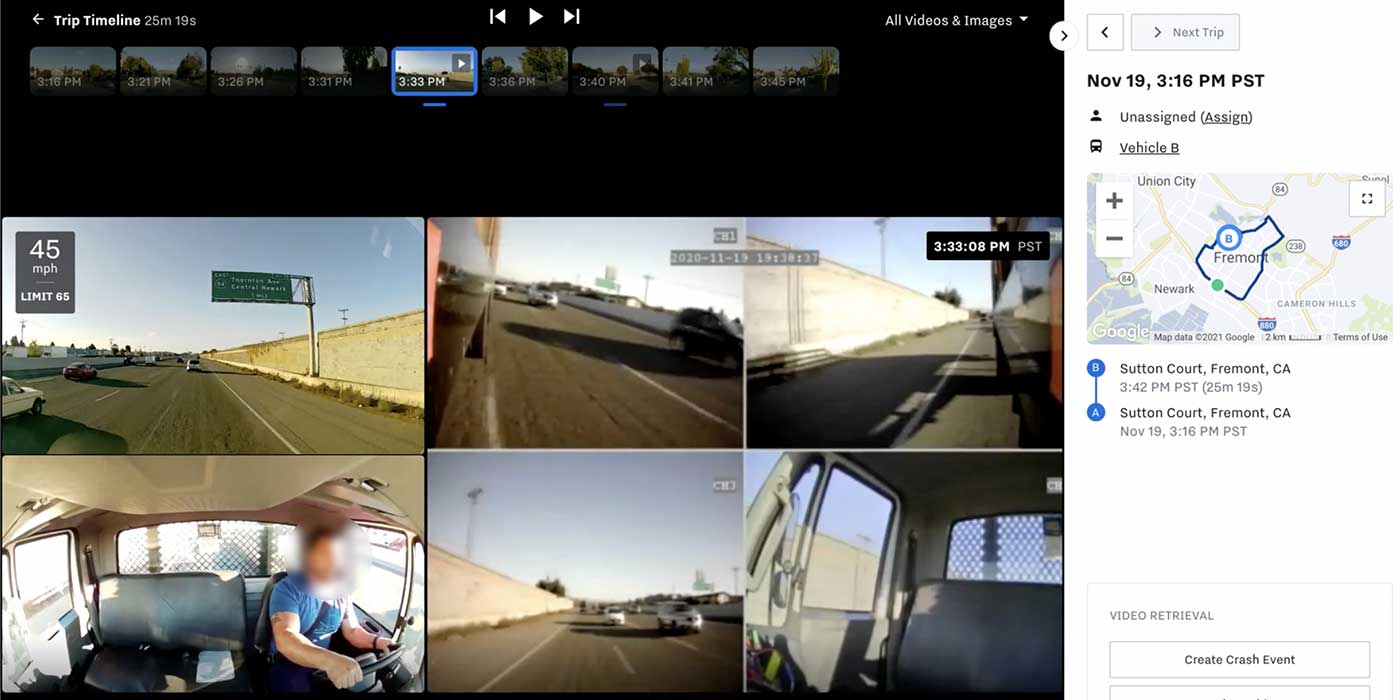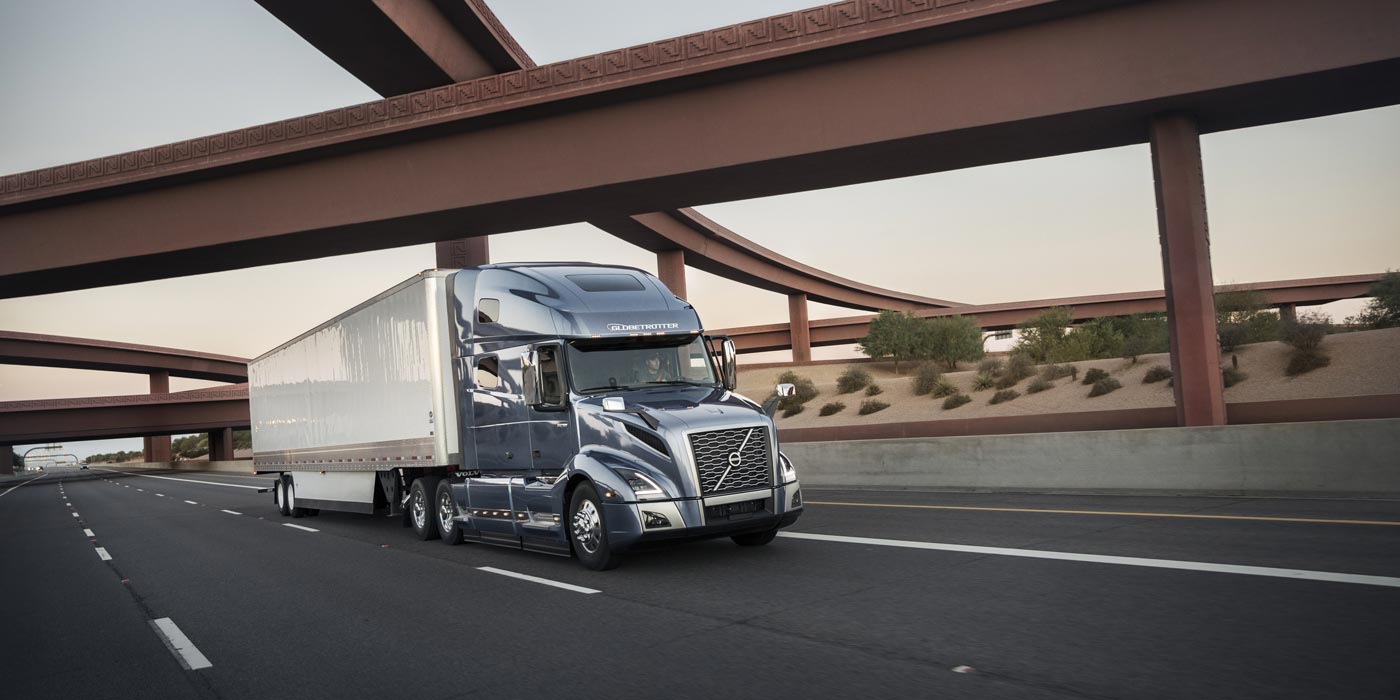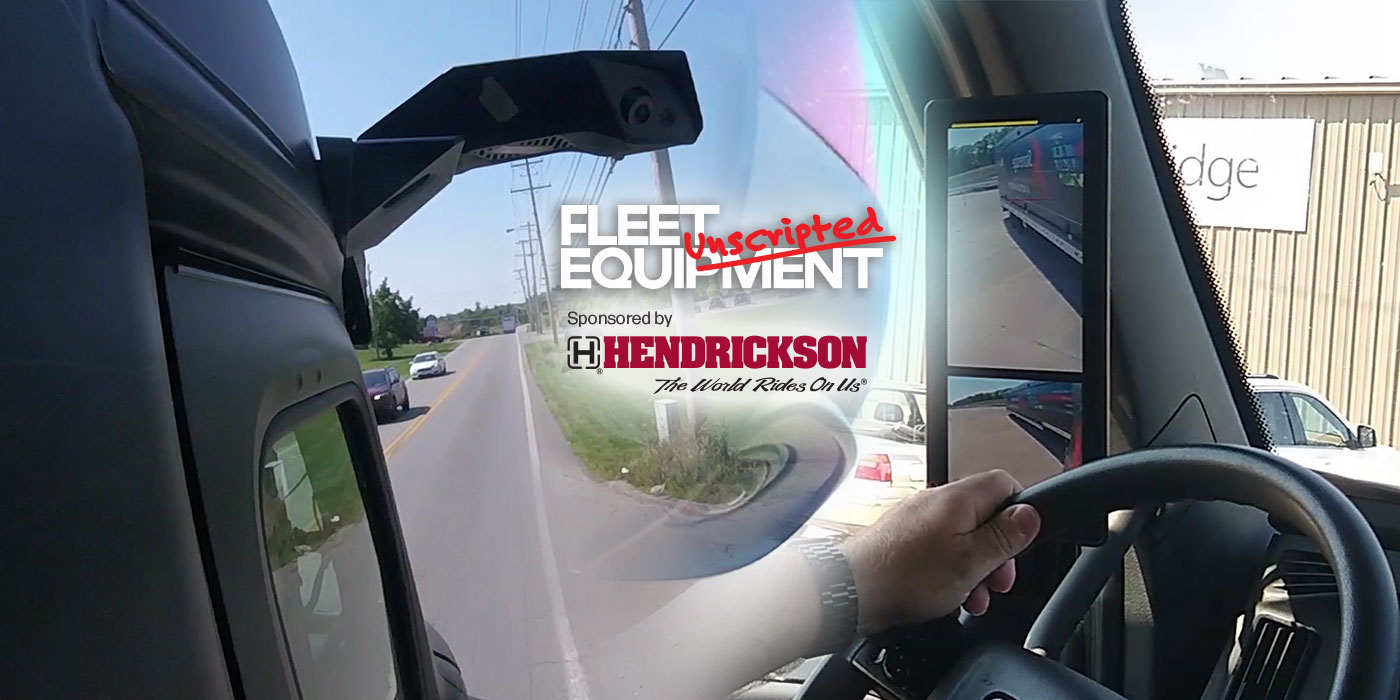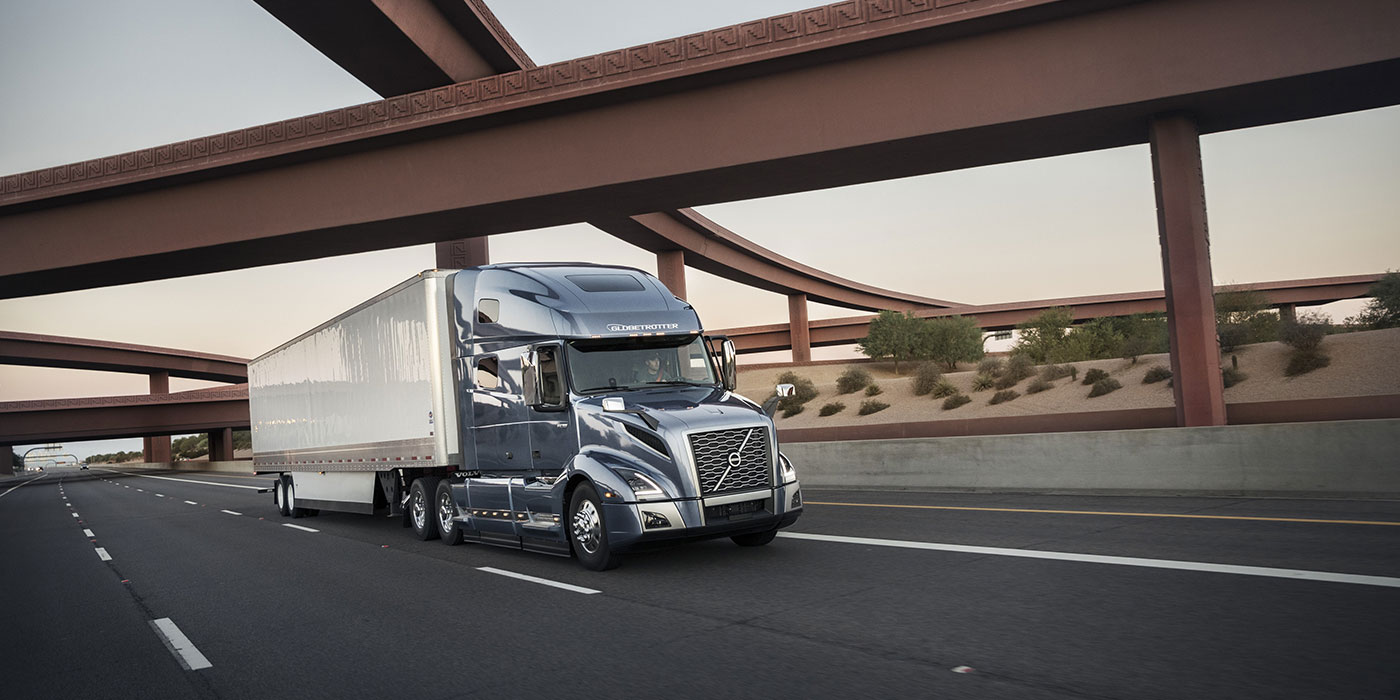Insurance, according to Webster, is protection against future loss. When you need it, it’s certainly nice to have, but insurance is one expense for which no fleet manager would ever choose to get a payback. You buy it, but you hope you will never need it.
Insurance comes in many types, but usually in the form of a contract. Everybody knows about liability insurance, but the purchase of an extended engine warranty is also an insurance policy. Insurance is also available in the form of vehicle stability systems, which are designed to help protect you from the loss resulting from an accident caused by a vehicle rollover or a driver’s loss of control. Even fleets with the best drivers might benefit by such insurance. As Rick Conklin, product manager of ESP and future architecture at Bendix, says, “Everyone can have a bad day.”
Like almost every other insurance offering, stability systems are available to meet most fleet needs, which may vary widely depending on the type of product commonly hauled, the experience of the fleet’s drivers and the location in which a fleet operates. All stability systems, however, build on the antilock braking system and incorporate some means to detect and analyze a situation and slow down a vehicle, thereby helping the driver retain control.
Your choice
There are two basic types of stability systems currently being offered to fleets. The first is designed to protect against vehicle rollovers. Depending on a fleet’s particular operation, a trailer-only roll stability system might offer adequate protection since it is designed to help protect the load no matter who might be pulling the trailer. Tractor mounted roll stability systems integrate lateral accelerometers with existing antilock braking system components to continuously monitor the speed and lateral acceleration of the tractor. If a critical rollover threshold is met, the system responds by reducing engine speed, engaging the engine retarder and automatically applying the brakes selectively on the front and/or rear axles as well as the trailer axles to bring the vehicle back to its intended direction. According to Meritor WABCO engineers, its system checks trailer wheel speed, lateral acceleration and air suspension pressure, and if necessary, applies trailer brakes at rollover threshold to reduce the vehicle’s speed and lower lateral acceleration. Such a system can automatically apply brake force to various wheels independently depending on what is needed to control the undesirable situation. Meritor engineers point out that activation frequently takes place before the driver is aware of the need.
The other choice available in stability systems is the premium electronic stability control system, which combines rollover prevention with directional stability, providing jackknife prevention and spinout control. Meritor engineers point out that rapid lane changes and cornering on slippery surfaces can trigger spinout, driftout or jackknifing, often before the driver is aware. A lateral accelerometer, steer-angle sensor and yaw rate sensor of the electronic stability control system combine to enhance driver control in these conditions. Brakes are applied selectively to individual wheels on the front and rear axles, as well as the trailer axles, to bring the vehicle back to its intended direction.
Bendix’s Conklin offers a very nice explanation of how such a system works. He says, “A full stability system monitors the driver’s intent through sensors on the steering wheel, brakes and throttle; then watches what the vehicle chassis is doing versus the driver’s intent. If there is a discrepancy, it’s likely that the vehicle is in some sort of stability event. That is, it’s not going where the driver wants it to go. When that happens, the system intervenes to bring the vehicle in line with the driver’s intent. It also provides a level of roll protection. If a driver were to enter a turn too fast, through the action of the stability control system the vehicle would automatically slow down to prevent a rollover.”
He goes on to make a case for full stability systems versus rollover systems saying, “By helping a vehicle maintain directional stability during both over-steer and under-steer situations, the driver’s intended path continues to be followed, and loss-of-control situations are minimized. This is an important consideration. Many rollovers do not start as lateral acceleration events –– or the truck rolling over while traveling in a curve. Instead, they are the outcome of loss-of-control situations that begin when the driver maneuvers to avoid a situation, which initiates directional instability leading to the eventual lateral acceleration event culminating in the rollover.”
Choice of suppliers
Stability systems have matured to a point that we are really concerned about a second-generation product. John Reid, manager of field service, warranty and training at Bendix, says, “One of the differences between the current designs and previous systems is that the new products are actually tied to vehicle identification numbers (VINs). The days of switching out controllers or moving parts from one vehicle to another are over.”
In many cases, tanker fleets or those carrying hazmat or very valuable cargo tend to be the first to field advanced technology products as they enter the market. This has been true of stability systems as such fleets look for any way to reduce their risks. Truck manufacturers also have come aboard and are making the technology easy to access. Some, in fact, are making stability systems standard equipment. Volvo and Mack vehicles, for example, come with the technology as standard. It can be deleted if the fleet signs a waver but no financial credit is given for the deletion. PACCAR trucks also come with the systems as delete options with credit offered for the deletion. All other suppliers make the systems available as options.
Brake maintenance is critical
Since all stability systems are in reality extensions of antilock braking systems, the only way that a fleet is going to benefit from the investment is to properly maintain its vehicles’ braking systems. That requires technician training and certification along with the use of quality replacement parts. Bendix’s Reid says, “If you’ve made a commitment to safety by spec’ing a stability system, it’s important that brakes are properly maintained because of their importance to the functionality of the system. In a yaw event the stability system might need to apply just the right front and left rear brakes. For the vehicle to respond properly, those brakes have to perform predictably and within specification.”
Federal regulations (FMCSA 396.25, Qualifications for Brake Inspectors) requires that all technicians who work on commercial truck brakes be certified by the fleet as having been properly trained. Note that the certification is to be made by the fleet. Reid tells us, “There seems to be some level of confusion in the industry regarding certification of the technicians who work on brake systems. Bendix regularly gets requests from fleets to train technicians and certify that they have been trained and know proper brake adjustment techniques before they work on brakes. All we can provide is the training. It’s up to the fleet itself to make sure their technicians know how to make proper adjustments. They are the ones who actually sign the certification document. Bendix can add to the process, but we cannot certify technicians.”
The proper selection of replacement parts and maintenance procedures are also important factors. Dennis Griffin, product manager at Federal-Mogul, a brake lining supplier for both manufacturers and the aftermarket, says, “Correct friction is critical in the stopping system. It’s important to choose a brake lining with friction performance as close as possible to what came originally on the vehicle. To make a correct selection use the expertise of a fleet specialist from a vendor who can match up aftermarket lining with original equipment lining.
“We recommend that both ends of an axle be changed together. Most manufacturers have some sort of wear indication system built into their products. We use a patented molded notch. When the lining wears down to that notch, it’s time to change linings. Generally that’s at about a 1/4-in. above the shoe table.”
Braking system maintenance is critically important for a fleet’s safe operation, since such systems depend on the predictable performance of brakes to operate properly. That maintenance is also important to protect the investment made in stability systems.




